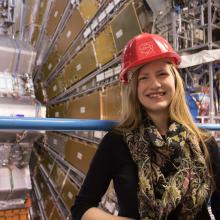Access to Collaboration Site and Physics Results
Katarina Anthony
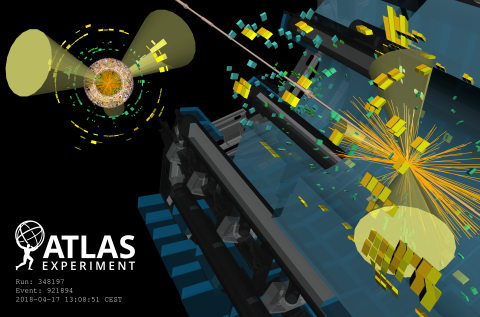
ATLAS starts new year of data-taking
On 28 April, the ATLAS Experiment began recording the first data for physics of 2018. This will be the final year of Run 2 operation of the Large Hadron Collider and will mark the conclusion of the rich 13 TeV data harvest. Starting in 2019, the accelerator and its experiments will enter a long upgrade and maintenance period.
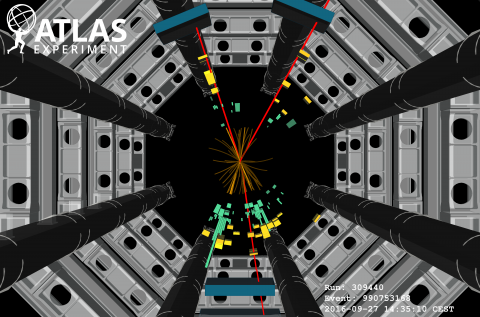
Beyond discovery: ATLAS explores the Higgs boson
The ATLAS Collaboration at CERN has released new studies of the Higgs boson using 13 TeV data collected in 2015 and 2016. The results further corroborate the Standard Model nature of the Higgs boson, and open doors to fresh searches for new physics.
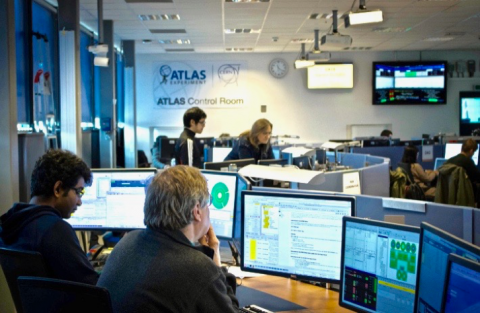
ATLAS on track for 2018 data taking
It’s kick off at the Large Hadron Collider! Proton beams are circulating once again in the accelerator, marking the start of a new year of exploration for the ATLAS experiment.
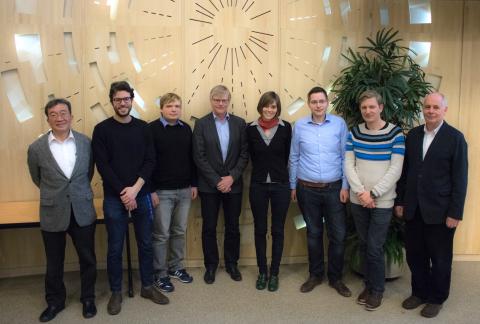
New winners of the ATLAS Thesis Awards
The ATLAS Collaboration has over 5500 members in 182 institutions around the globe. But, did you know that over 1000 of these members are PhD students? ATLAS PhD students contribute strongly and critically to all areas of the experiment, while learning valuable skills for their degrees.
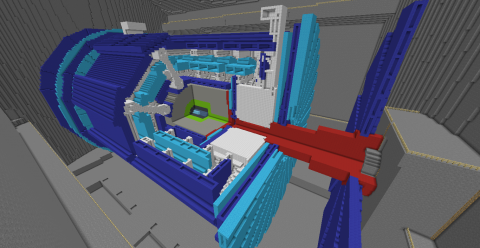
Explore virtual CERN with ATLAScraft
Enter the world of particle physics with the newly-launched ATLAScraft! Players can explore the CERN campus, shrink down to the size of a particle, and even conduct their own “experiments” in educational minigames.
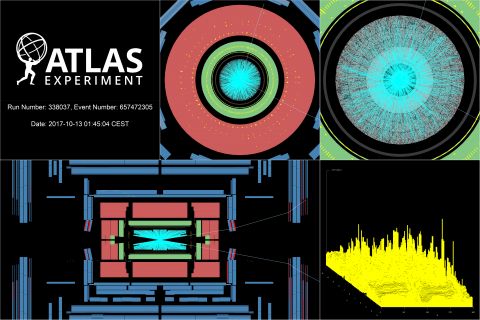
Noble nuclei open new doors in ATLAS physics
Take something you think you understand, change it and see what happens. Earlier this month, the ATLAS Experiment put this basic scientific principle to the test during the first Large Hadron Collider (LHC) xenon run.
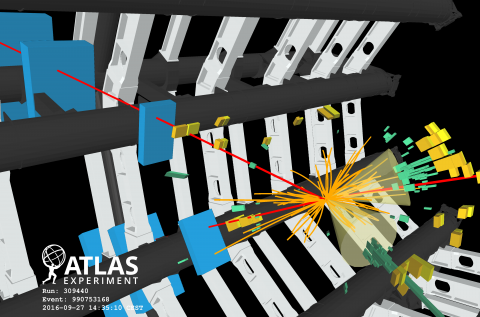
ATLAS highlights from EPS-HEP 2017
The ATLAS Collaboration has presented important new results at the European Physical Society conference on High Energy Physics (EPS-HEP) in Venice (Italy), including the latest analyses of 13 TeV Run 2 data from the Large Hadron Collider (LHC).
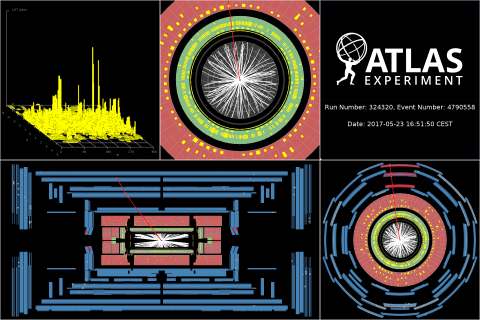
ATLAS kicks off a new year at 13 TeV
Geneva, 23 May 2017. A new season of record-breaking kicked off today, as the ATLAS experiment began recording first data for physics of 2017. This will be the LHC’s third year colliding beams at an energy of 13 tera electron volts (TeV), allowing the ATLAS Experiment to continue to push the limits of physics.
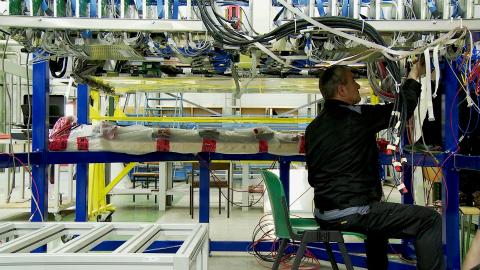
ATLAS at the starting line
The start of the 2017 run marks the conclusion of a maintenance period known as the Extended Year-End-Technical-Stop (EYETS). This upkeep is vital for the health and well-being of the detector, ensuring that ATLAS can thrive for the months of high-intensity operation that follow.
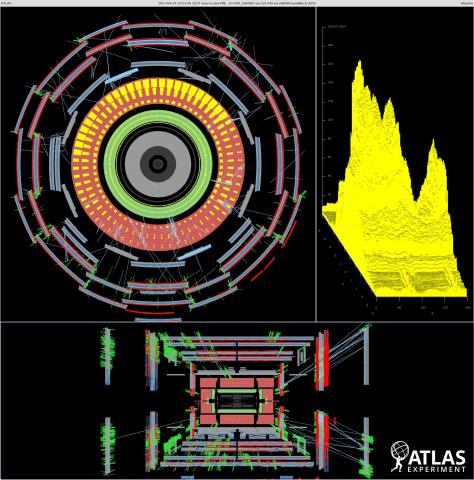
Beams return to the ATLAS Experiment
With the year’s first proton beams now circulating in the Large Hadron Collider, physicists have today recorded “beam splashes” in the ATLAS experiment


